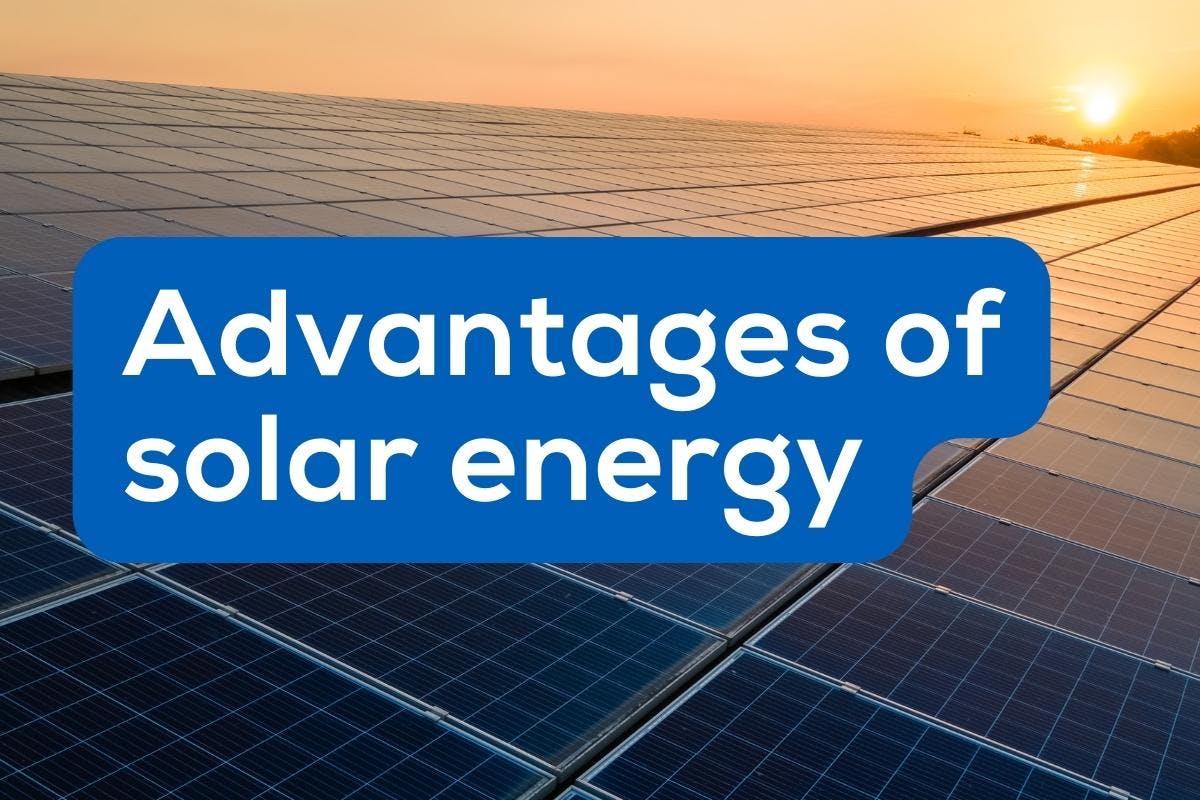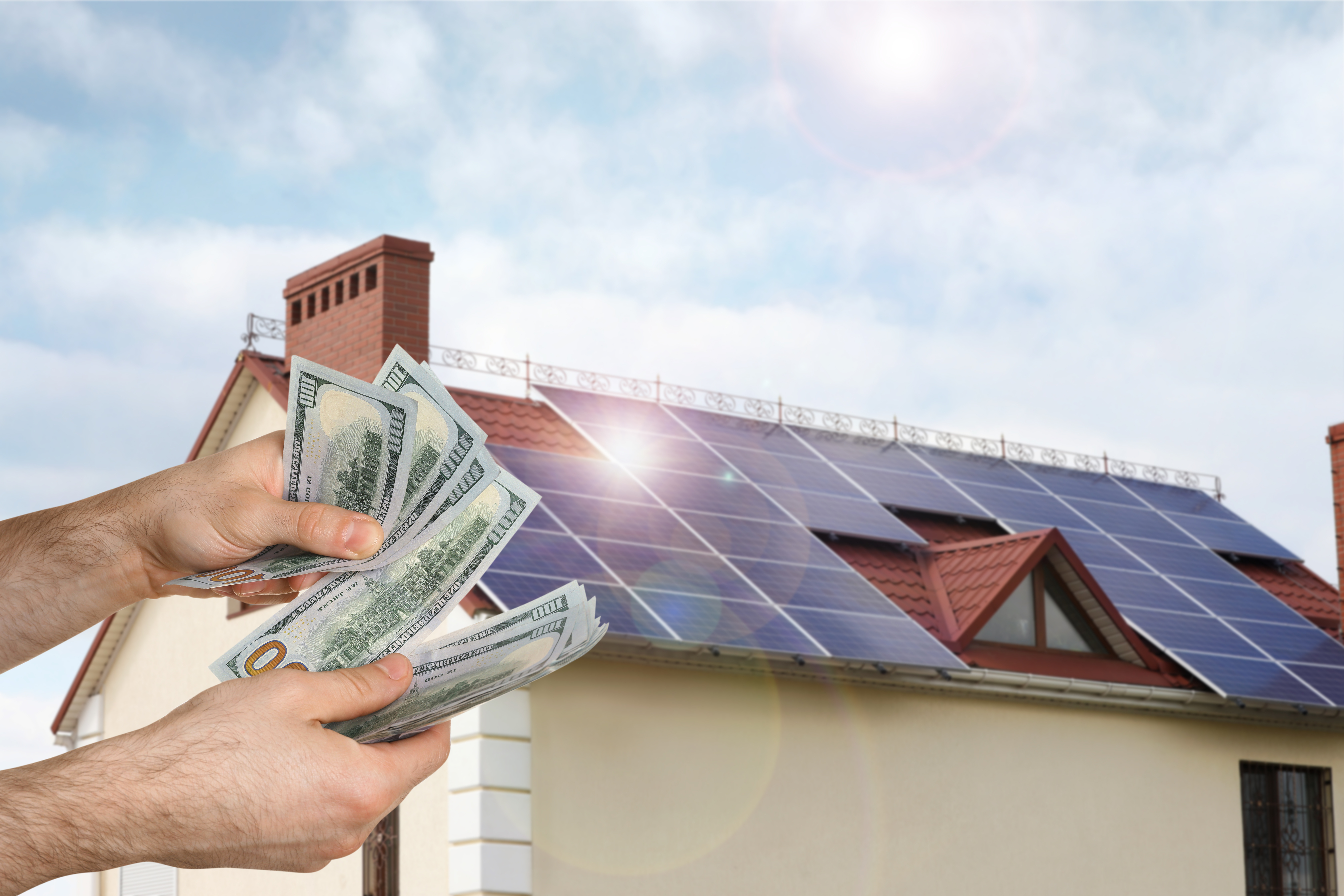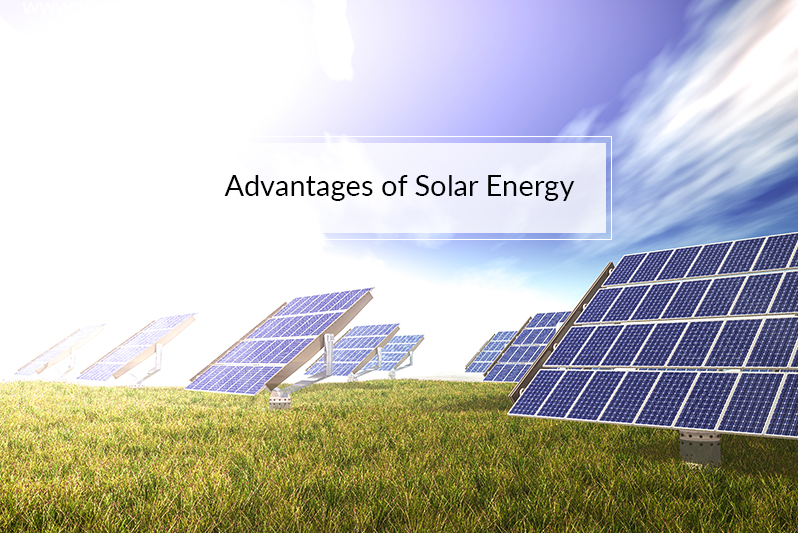Simply Solar Illinois – Tailored Solar Solutions for All Budgets
Solar Energy 101: A Beginner's Guide to Sustainable Energy Solutions
As the globe increasingly changes towards lasting energy solutions, recognizing the fundamentals of solar power becomes important for both individuals and services. This overview gives a complete summary of solar power, describing the various systems available and the devices behind their operation. By discovering the benefits of solar innovation, alongside the monetary motivations and setup procedures, one can acquire a more clear viewpoint on how to successfully incorporate this eco-friendly resource into their energy technique. Nevertheless, the journey towards adopting solar energy invites more evaluation of the obstacles and considerations that feature it.
Comprehending Solar Power
At its core, recognizing solar energy involves realizing the basic principles of how sunlight can be converted into usable electrical power. Solar energy is acquired from the sun's radiation, which can be utilized via different innovations.

Understanding solar power also entails acknowledging its ecological advantages. By using sunshine, we can reduce greenhouse gas discharges and lower air contamination, adding to a more sustainable future. The improvements in modern technology and efficiency of solar systems continue to improve their viability, making solar power a progressively eye-catching choice for international energy needs.
Kinds Of Solar Power Equipments
Numerous types of solar energy systems are generally used to harness solar power for power generation. The primary classifications consist of solar (PV) systems, focusing solar energy (CSP) systems, and solar thermal systems.
Photovoltaic systems make use of photovoltaic panels composed of silicon cells that convert sunlight straight right into electrical power. These systems are flexible and can be installed on roofs, ground mounts, or integrated right into building materials.
Concentrating Solar Power systems, on the other hand, use mirrors or lenses to focus sunshine onto a tiny location, producing heat that drives a steam wind turbine to create power - Simply Solar Illinois. CSP systems are usually released in large nuclear power plant and need straight sunshine, making them much less ideal for gloomy areas

Each kind of solar energy system has its distinct attributes, applications, and viability depending on geographical area, power demands, and budget, making it vital to review alternatives based on particular conditions. - article source Simply Solar Illinois

Advantages of Solar Energy
Harnessing solar power with different systems not just offers a lasting method to produce electrical power yet also provides a wide variety of advantages. Among the most considerable benefits is the reduction in greenhouse gas discharges, adding to a cleaner setting and combating environment adjustment. Solar power is sustainable, indicating it is limitless and available as long as the sun beams, unlike fossil gas, which are finite and diminishing.
Furthermore, solar energy can result in significant expense financial savings with time. Homeowners and services can decrease their electrical power expenses dramatically, and in many instances, they may gain credit ratings for excess energy generated with web metering. Furthermore, the solar industry creates tasks, from making to installation, stimulating regional economic climates.
One more compelling advantage is energy independence. By generating their very own electrical power, individuals and communities can minimize reliance on outside energy resources, improving resilience versus fluctuating energy rates and supply disturbances. Moreover, solar power systems call for marginal maintenance, making them a practical option for lasting energy generation.
Installation Process Summary
The installation process for solar energy systems generally includes several vital actions that make certain effective combination right into a home. An extensive website evaluation is carried out to evaluate the roof covering's positioning, shading, and architectural integrity, which are crucial to maximizing solar panel efficiency. Following this evaluation, the style stage starts, where a tailored solar energy system is set up based on the property owner's power demands and preferences.
Once the layout is finalized, the needed authorizations and approvals are acquired from neighborhood authorities, guaranteeing compliance with policies. The real installation involves placing the solar panels on the roof or ground, linking them to an inverter, and incorporating the system with the residential or commercial property's electrical configuration. This stage might also involve mounting battery storage systems, depending on the design.
With the installation complete, the solar power system can start producing sustainable power, adding to sustainability and lowering energy expenses. This structured strategy makes sure that solar systems are both efficient and trustworthy, optimizing their long-term benefits.
Financial Incentives and Cost Savings
Checking out the economic motivations and financial savings connected with solar power systems can considerably enhance the appeal of making the button to sustainable energy. Numerous motivations exist at government, state, and local degrees, developed to lower the preliminary prices connected with solar installation. One of one of the most significant incentives is the government solar tax credit rating, which permits property owners to basics deduct a percentage of their planetary system setup costs from their government taxes. Since 2023, this credit rating stands at 30%, supplying significant financial savings.
Along with tax credit reports, many states supply discounts that can you can check here further reduce ahead of time expenditures. Some utility firms likewise provide performance-based motivations, fulfilling solar power manufacturing over time. Financing alternatives, such as solar car loans and leases, allow customers to mount systems with little to no deposit, making solar power a lot more easily accessible.

Long-term cost savings are another crucial aspect. By creating their own electrical energy, house owners can dramatically lower or even eliminate their month-to-month power costs. Furthermore, solar systems can enhance building worths, offering a strong return on financial investment. Overall, the mix of motivations and savings makes solar power a financially attractive selection for several homes.
Final Thought
In conclusion, solar power stands for a vital component of sustainable power services, offering a path toward reduced carbon impacts and enhanced ecological protection. Eventually, the transition to solar power not just cultivates environmental duty however additionally promotes financial savings and power freedom.